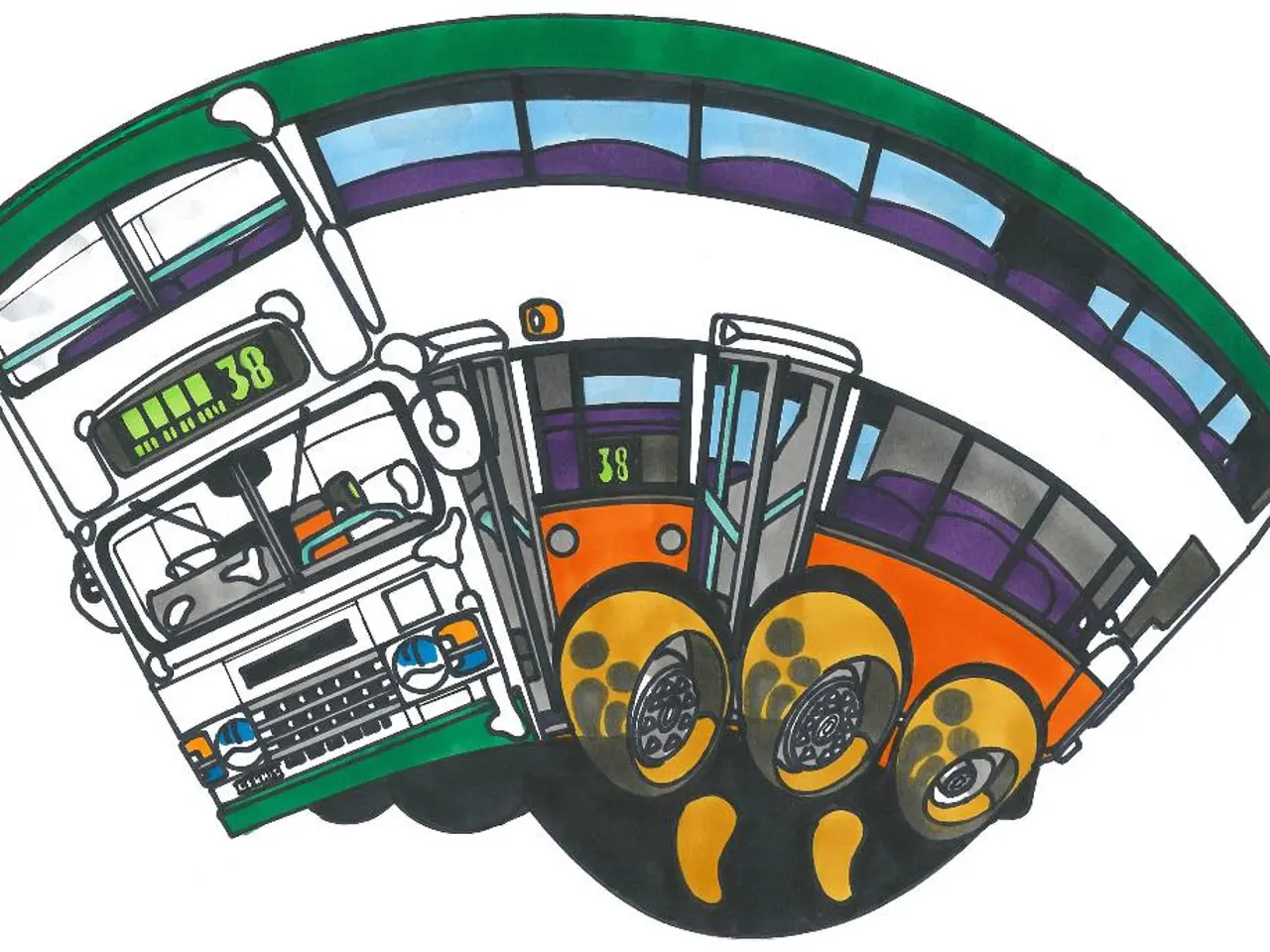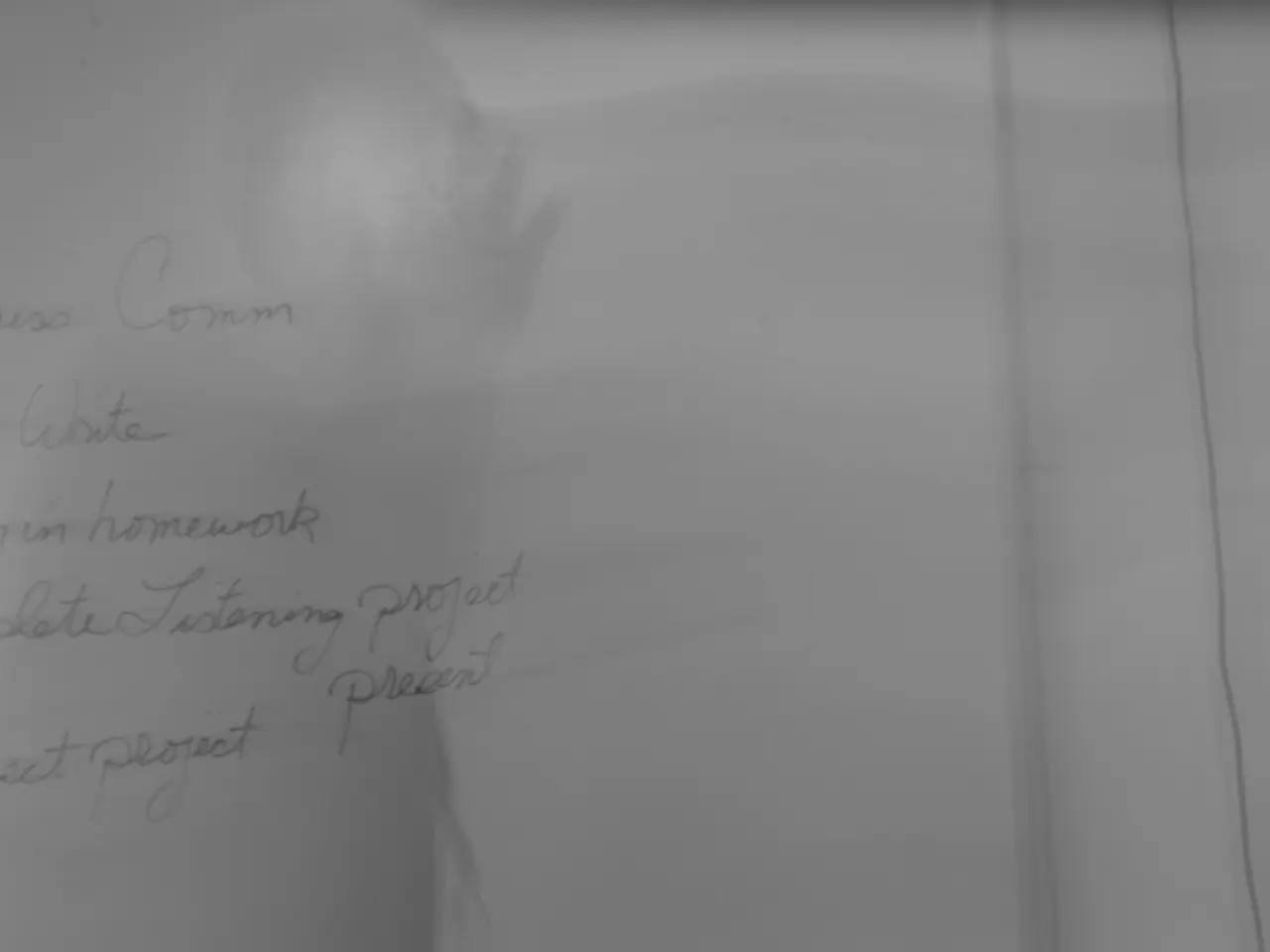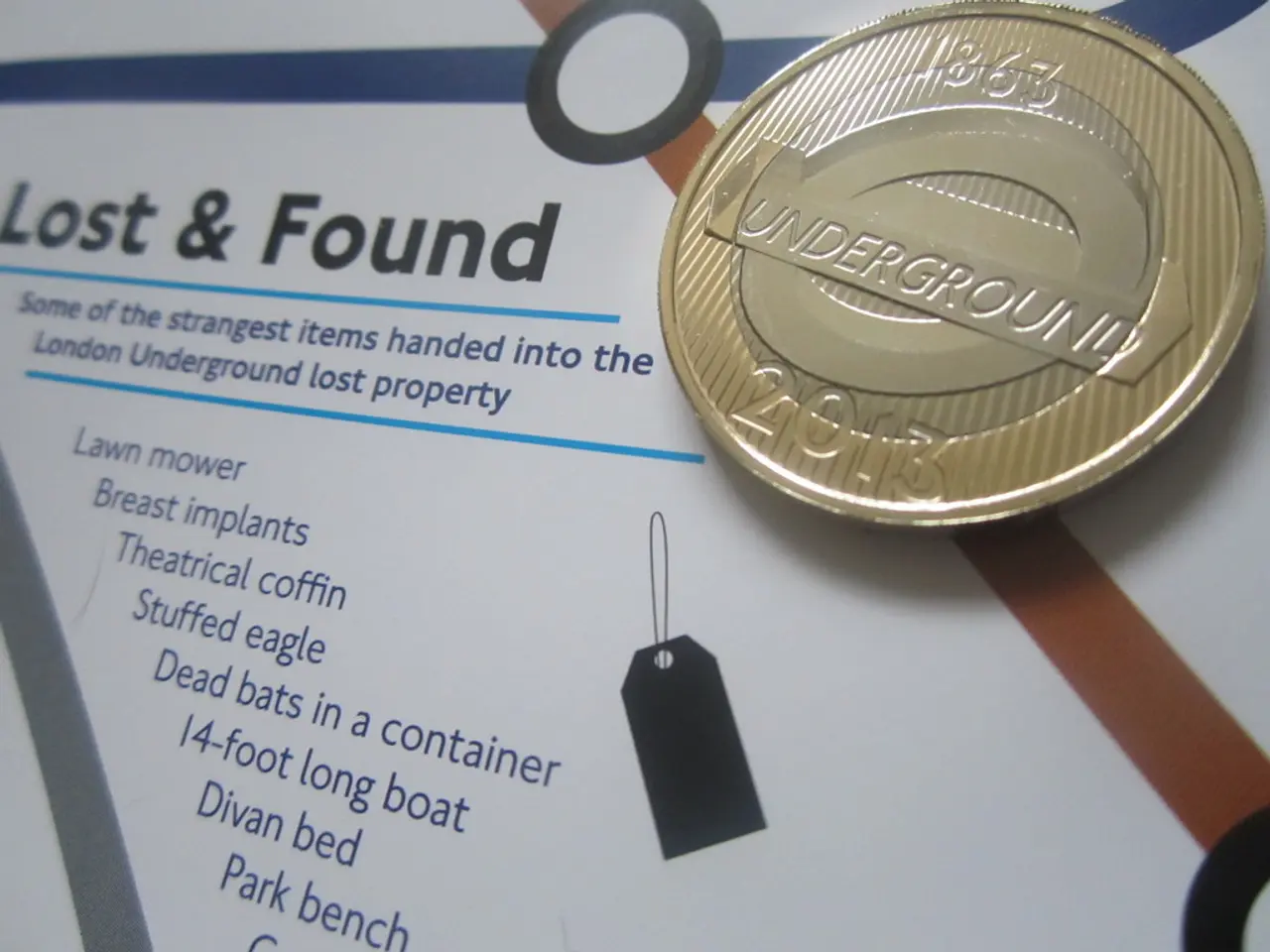Future Developments in SAP Technology
In the ever-evolving world of business, staying ahead of the curve is crucial. SAP, a leading enterprise software solution provider, has outlined the top trends that businesses can expect to see in 2025.
Clarkston Consulting, a renowned SAP team, has identified five key trends that businesses should be aware of. These trends, which have been highlighted in their recent SAP S/4HANA implementation projects, emphasize cloud migration, process standardization, customization, and digital transformation.
- Cloud-based transformation with SAP S/4HANA: Businesses are moving towards cloud-based solutions, with SAP S/4HANA serving as the core ERP system. This shift aims to replace legacy homegrown systems, supporting growth and digital transformation needs.
- Business process optimization and SAP best practices: Standardized fiscal year calendars and improved profitability tracking through features like cost centers and profit centers are becoming more prevalent. These practices help businesses streamline their operations and make informed decisions.
- Industry-specific implementations: SAP S/4HANA is being tailored to meet the unique needs of various sectors, such as retail. This tailoring includes financial accounting migration and reporting standardization.
- Scalable, customizable SAP solutions: As businesses grow, so too must their SAP solutions. Clarkston emphasizes deep client collaboration to solve both known and unforeseen business challenges, ensuring that SAP solutions evolve with a company’s needs.
- Integration of advanced technologies: SAP landscapes are becoming more innovative, enabling companies to remain competitive and agile. This trend is inferred from SAP's ongoing emphasis on modernization and transformation.
In addition to these trends, SAP is also focusing on the integration of artificial intelligence (AI) to enhance its offerings. Joule, an AI assistant integrated across SAP applications, is at the heart of SAP's AI strategy. Joule allows natural language interaction, enabling users to ask questions and pull insights from data without switching tools.
SAP is also moving towards more autonomous, "agentic AI" that enables more intelligent workflows. This unified data layer allows AI agents to access more complete and contextual information, improving the relevancy and accuracy of any recommendations provided.
The transition from ECC to S/4HANA is another significant trend. With SAP Business Suite 7.0 mainstream maintenance ending in 2027, businesses are being incentivized to transition from ECC to S/4HANA. The SAP Private Cloud ERP Package (RISE offering) and GROW offerings are becoming the primary path to the cloud and S/4HANA for those still maintaining on-premise ECC solutions.
SAP is also integrating acquired technologies like LeanIX and Signavio to strengthen its AI-driven transformation capabilities. LeanIX strengthens enterprise architecture management, helping organizations manage complex IT landscapes and align decisions with their business goals. Signavio delivers powerful process intelligence that helps identify and act on areas for improvement.
In 2025, SAP is taking a more practical approach to SAP Business AI, delivering tangible value across business functions. The company is reimagining its business model, embedding AI across its portfolio, and enhancing its suite of tools to meet the growing demand for smarter, more connected enterprises.
Download the trends report here
As businesses prepare for 2025, understanding these trends and adapting to them will be key to success. Embracing cloud-based solutions, business process optimization, industry-specific implementations, scalable and customizable SAP solutions, and the integration of advanced technologies will help businesses stay competitive and agile in the digital landscape.
- In the impending future of 2025, businesses are anticipated to prioritize cloud-based transformation with SAP S/4HANA as their core ERP system, amalgamating their operations and supporting digital transformation needs.
- To streamline their business processes and make informed decisions, companies are veering towards standardized fiscal year calendars and improved profitability tracking through features like cost centers and profit centers.
- SAP S/4HANA is being customized to cater to the unique needs of various industries, such as life sciences and consumer products, with financial accounting migration and reporting standardization being key focuses.
- As businesses expand, their SAP solutions are becoming increasingly tailored and scalable, ensuring that they evolve harmoniously with a company’s evolving needs.
- To stay competitive and agile, SAP landscapes are being upgraded with innovative technologies, including artificial intelligence (AI), which enables businesses to extract valuable insights from data.
- SAP's AI strategy encompasses natural language interaction with AI assistants like Joule, fully integrated across SAP applications, allowing users to ask questions and extract meaningful insights without having to switch tools.
- SAP is also accentuating its AI capabilities through integrations with acquired technologies like LeanIX and Signavio, which strengthen enterprise architecture management and process intelligence, assisting in decision-making in complex IT landscapes.
- In the life sciences, consumer products, and retail industries, businesses can expect a more practical approach to SAP Business AI in 2025, delivering tangible value across various business functions and reimagining the company's business model for a smarter and more interconnected enterprise.
(A link to download the trends report has been provided at the end of the text.)




